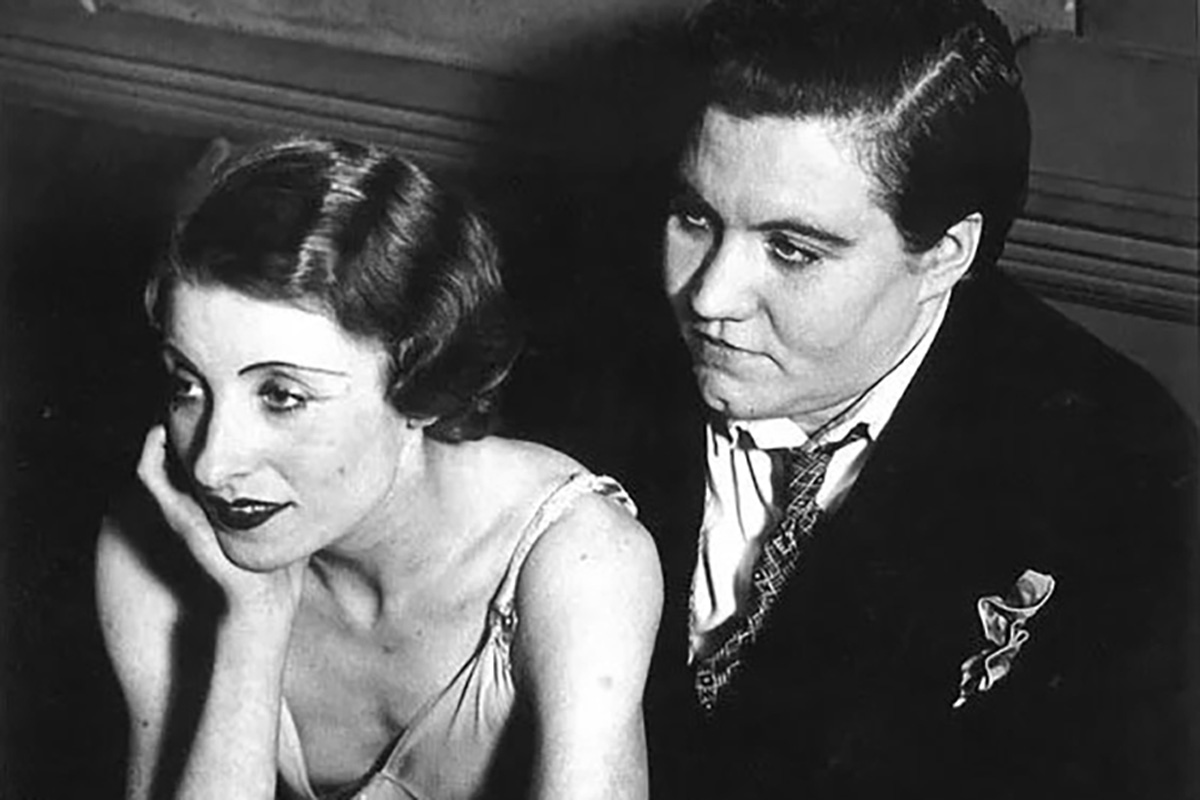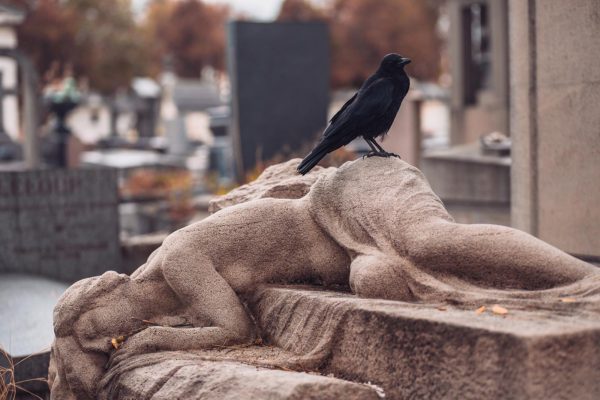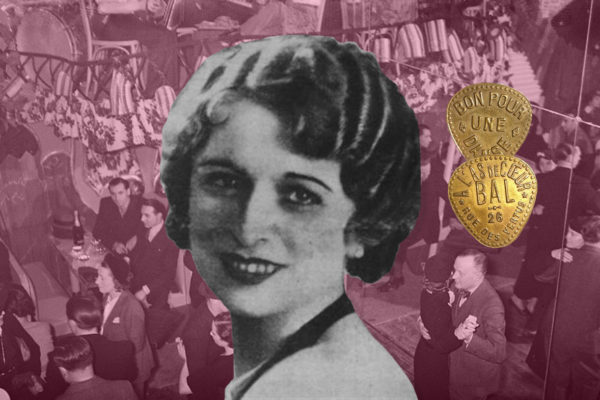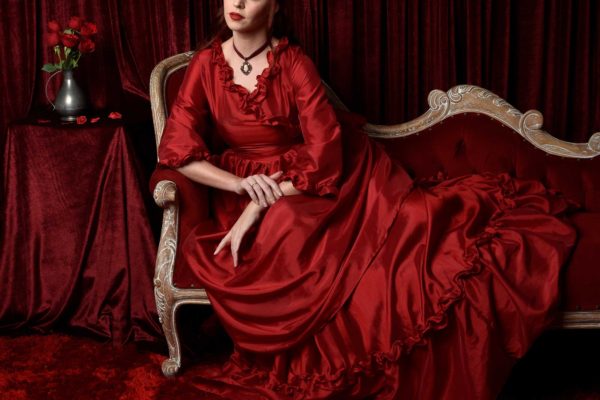
French women who broke the law to wear trousers
In 2013 a ban on French women wearing trousers was finally overturned after 200 years. The repressive law, designed to keep women out of the workforce, meant that women could be fined or imprisoned for dressing in “men’s clothes”. Some women were willing to risk their freedom to dress how they wanted. Whether to it was to better express their sexuality, or give them more freedom of movement, these ladies caused a scandal with their choice of clothes and we salute them for it.
George Sand (1804 – 1876)

George Sand was the most popular writer of her day, selling more novels than Victor Hugo or Honoré de Balzac. Like other female writers at the time – George Eliot and the Brontë sisters, for example – George wrote under a male name. But George took this one step further by dressing in male costume. Adopting male dress, like a masculine name, gave her access to male privilege. Female dress for noble women at this time was expensive and physically restrictive. Dressed as a man, George could go places that she wouldn’t otherwise have had access to.
Unapologetic in her attitude, George didn’t ask for permission to wear trousers from the local police like you were supposed to. Her class, popularity and wealth meant she could get away with it. Except for a fling with an actress, George’s lovers were all men. For her, dress wasn’t about becoming a man – rather it was to benefit from the freedoms that men enjoyed.
Rosa Bonheur (1822 – 1899)

Rosa Bonheur was never conventional. Raised in a religious-political sect that promoted women’s education, she was disruptive at school and frequently expelled. Her passion from an early age was painting animals, which she pursued with brilliance throughout her long career. Her paintings of farm animals today hang in the Musée d’Orsay and the National Gallery in London. It was animals that dictated Rosa’s clothing. On applying to wear trousers at her local constabulary, Rosa explained that wearing dresses made her work impossible. To study and paint animals in their natural, outdoor setting, she had to wear trousers. Rosa was open about her preference for women. She was in a lesbian relationship for 40 years, then had another after this first partner’s death.
Jane Dieulafoy (1851 – 1916)

Soldier, archaeologist, explorer and writer – Jane Dieulafoy lived many lives in one. She also preferred to wear men’s clothes. It began at age 19 when she accompanied her husband to war and served alongside him dressed in a soldier’s uniform. Later the pair went on archaeological digs in north Africa and the Middle East. Cutting her hair short and dressing as a man made Jane’s life easier while travelling in these Muslim countries. On their return to France Jane received special permission to continue wearing men’s clothing. She explained that, by buying ready-made suits, she was saving both money and time that could be spent on her real passion, her work.
Colette (1873 – 1954)

In my post about Mathilde de Morny and the riot at the Moulin Rouge, I wrote about Mathilde’s adoption of masculine attire as an expression of her sexuality. But I didn’t get into how Colette – one of France’s greatest writers and Mathilde’s lover – was herself fond of dressing in male costume. Whereas for Mathilde, dress was absolutely central to who she was, for Colette, it seemed to be of a more playful nature. Rejecting the stiff corsets and yards of fabric was an act of rebellion against the gender norms of the day, as much as it was to titillate or shock. Colette is well known for her relationships with men and women, and wrote about lesbian romance in her early Claudine novels through to the later Pure and Impure.
Violette Morris (1893 – 1944)

Violette Morris lived an turbulent life with an ignoble end. She served as a military nurse in WWI, played sports professionally at the highest level, was banned from taking part in the Olympics because of her lifestyle (we’ll get to that), was acquitted of murder, and built race cars. Though married at an early age, Violette pursued lesbian relationships afterwards. She wore men’s clothing and even had a mastectomy, which she said was to help her fit into race cars. It was this preference for masculine dress that was used as a reason for preventing her being part of the French Women’s Olympic team of 1928 – that, and her smoking, swearing and punching a referee.
By the time of Germany’s occupation of France in WWII, Violette was following a less glorious path. She was a Nazi spy who drove for high up members of the Vichy government and Nazi officials. The Resistance sentenced her to death in absentia and she was ambushed while driving a Nazi-sympathising family on a country road. She, along with three adults and two children, were shot to death. Violette’s body went unclaimed and was buried in a communal grave.






Paula
Fascinating! Thanks for this article.